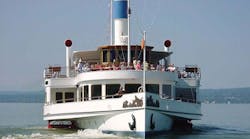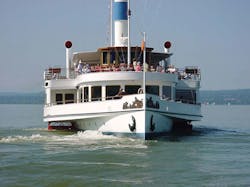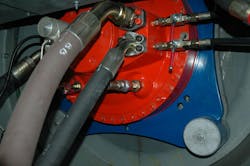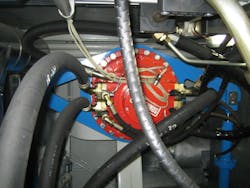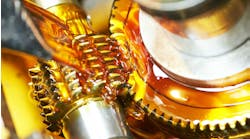Sponsored Recommendations
Sponsored Recommendations
MONITORING RELAYS — TYPES AND APPLICATIONS
May 15, 2024
Circuit Protection Devices & Busbars
March 13, 2024
All-In-One DC-UPS Power Solutions
March 13, 2024
Motor Disconnect Switches
March 13, 2024
